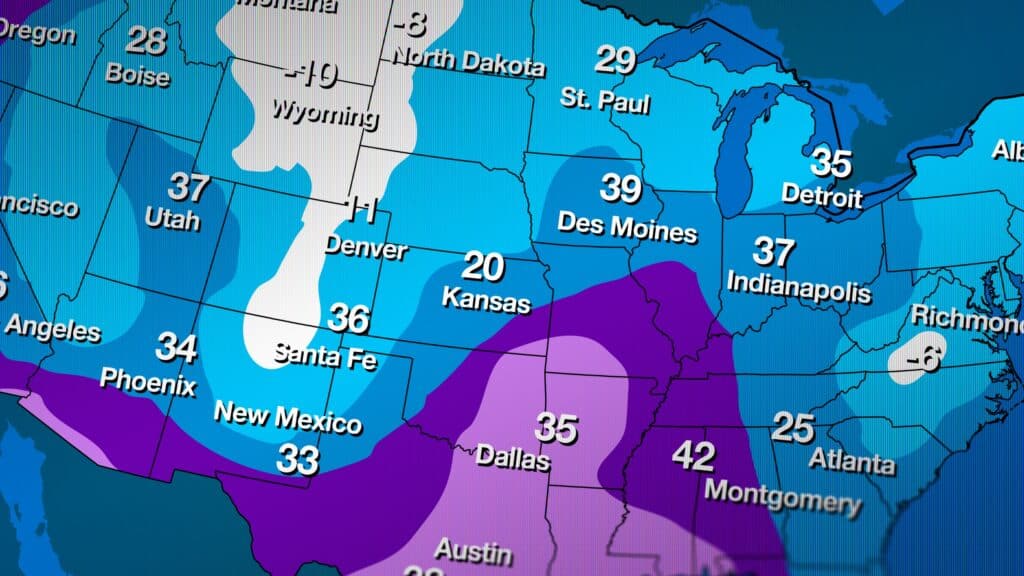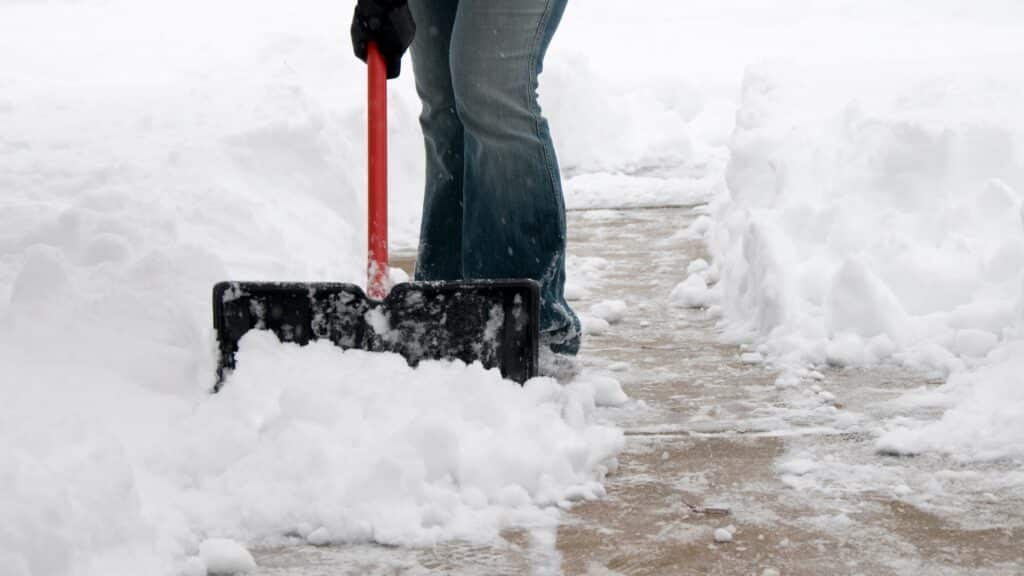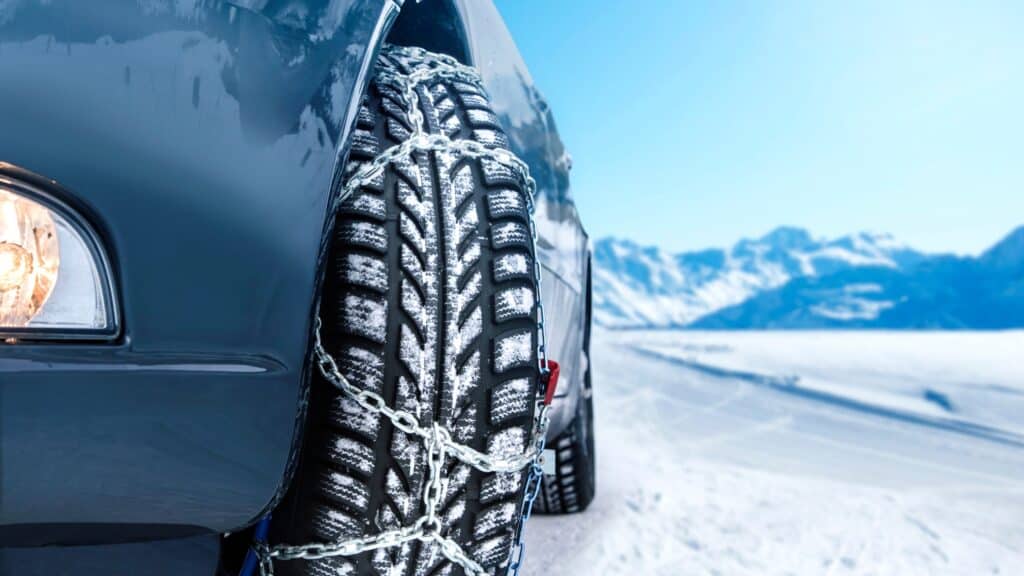
Moving during Colorado’s winter months presents unique challenges, but with proper preparation, your winter relocation can go smoothly. While many avoid moving between November and March, sometimes circumstances don’t allow for perfect timing. Whether you’re relocating to Denver, Fort Collins, or anywhere along the Front Range, these practical tips will help you navigate the complexities of a winter move in the Centennial State.
Watch the Weather Forecast Closely

Colorado’s winter weather can change dramatically with little notice. Begin monitoring forecasts at least a week before your moving day. Pay particular attention to storm systems developing over the mountains, as these often intensify as they move eastward over the Front Range.
Consider scheduling your move with a flexible window of a few days rather than a single fixed date. This allows you to adapt if a major storm appears in the forecast. Many Colorado moving companies understand these seasonal challenges and offer more flexible scheduling during winter months.
If heavy snow is predicted for your moving day, communicate early with your moving company about contingency plans. Professional movers like Choice Moving Company have experience with Colorado winters and can advise whether a slight delay would be safer for everyone involved.
Remember that mountain communities and higher elevations often experience significantly different weather from Denver or Fort Collins. If you’re moving to or from these areas, check area-specific forecasts and mountain pass conditions.
Prepare Your Home for Moving Day

Creating safe conditions around both your current and new home is essential for a successful winter move. Clear snow and ice from driveways, walkways, and entrances at least 24 hours before the movers arrive. This gives deicing products time to work effectively.
Spread salt, sand, or ice melt on cleared pathways to prevent refreezing. Pay special attention to steps and sloped areas where slipping hazards are greatest. Keep these supplies accessible throughout moving day to address any new ice formation.
Place old towels, blankets, or plastic sheeting just inside doorways to protect interior flooring from snow, salt, and moisture tracked in during the moving process. This simple step prevents damage and reduces cleanup afterward.
Make sure exterior lighting is functioning properly, as winter days are shorter. If your move might extend into dusk or early evening, adequate lighting becomes a safety essential. Battery-powered temporary lights can supplement existing fixtures if needed.
Set your thermostat at both locations to a moderately warm temperature (around 65°F). While you might instinctively want to turn off heat to save energy with doors opening frequently, a moderately heated home protects your belongings and keeps everyone comfortable during the moving process.
Protect Your Belongings from Winter Elements

Cold temperatures, moisture, and salt can damage certain belongings during a winter move. Electronics are particularly vulnerable to extreme temperature changes. Transport computers, televisions, and other sensitive equipment in the cabin of your vehicle rather than in the moving truck when possible.
Allow electronics to reach room temperature before powering them on at your new home. This prevents condensation that can form when cold devices warm up rapidly. For larger electronics that must go in the moving truck, professional movers can provide appropriate protective wrapping.
Wooden furniture benefits from extra blanket wrapping during winter moves. The additional padding protects against both physical damage and temperature-related stress. Choice Moving Company provides specialized winter protection materials for sensitive items.
Musical instruments require special care in winter conditions. Stringed instruments like guitars and violins are especially sensitive to temperature and humidity changes. Consider transporting these valuable items personally in climate-controlled conditions.
For clothing and fabric items, use plastic bins rather than cardboard boxes when possible. If you must use cardboard, double-box valuable or sensitive items with an extra layer of protection against potential moisture.
Prepare Your Vehicle for Moving Day

Whether you’re following the moving truck or transporting items yourself, your vehicle needs winter preparation. Check tire tread and consider snow tires if your move involves mountain passes or rural areas. All-season tires might be sufficient for urban Front Range moves but may struggle in heavier snow conditions.
Keep your gas tank at least half full throughout the moving process. This prevents fuel line freezing and ensures you won’t run out of gas if traffic or weather conditions extend your travel time. Pack an emergency kit including blankets, water, snacks, and a fully charged phone power bank.
Plan your route considering winter conditions. Main highways like I-25 and I-70 receive priority snow removal but can still become challenging during active storms. Have alternative routes mapped out, particularly if your move involves less-traveled roads.
Work With Experienced Colorado Movers

Local moving companies familiar with Colorado’s winter conditions offer invaluable expertise during cold-weather relocations. They understand how to safely transport belongings when temperatures drop below freezing and snow covers the landscape.
Choice Moving Company specializes in year-round moves throughout the Front Range, from Denver to Fort Collins and beyond. Our team comes equipped with extra floor protection, specialized winter wrapping materials, and vehicles prepared for winter driving conditions.
Professional movers bring the right equipment for winter conditions, including additional furniture pads, moisture barriers, and specialized tools for navigating snow-covered walkways. They can efficiently load and unload despite the challenging conditions, significantly reducing your stress.
Booking your moving company well in advance becomes especially important for winter moves. While demand is generally lower than in summer, the unpredictability of winter weather means that rescheduled moves sometimes create unexpected scheduling conflicts.
Pack a Winter Moving Day Essentials Box
Create a clearly marked box of winter moving essentials that travels with you, not in the moving truck. Include items like towels for drying wet surfaces, spare gloves and socks in case yours get wet, cold-weather snacks, and hot beverages in insulated containers.
Keep snow removal tools accessible until the very end of your move. A small shovel and container of ice melt should be among the last items packed. Similarly, these should be among the first items unpacked at your new home.
Include basic first aid supplies in your essentials box. Minor injuries like slips and falls are more common during winter moves, and having bandages and pain relievers readily available can make a significant difference in comfort.
Final Thoughts on Winter Moving in Colorado
While moving during Colorado’s winter months presents challenges, thousands of successful relocations happen every winter across the Front Range. The key lies in thorough preparation, flexibility, and working with experienced professionals who understand local winter conditions.
With lower demand for moving services during winter, you might find more scheduling options and potentially lower rates than during the peak summer season. The savings and availability can offset the additional preparation required for cold weather.
When you partner with a reputable local moving company like Choice Moving Company for your winter relocation, you gain allies who have navigated Colorado’s winter conditions countless times. Our experience transforms what could be a stressful experience into a manageable transition to your new Colorado home, regardless of what the winter weather brings.


